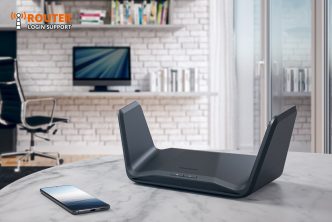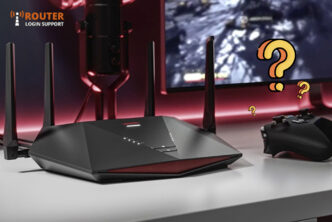0
reed patterson
My mesh wifi network suddenly got invisible! I mean I have internet access on my Laptop through linksys wifi but on my iPhone, I cannot See that name?
0 Subscribers
Submit Answer
0 Answers







You know a network should be reachable from where you’re at, but it doesn’t show up in your list of available networks to which you can connect. Try these possibilities:
This is a good time to check whether you disabled Wi-Fi without realizing it. Some Windows laptops and other devices have hardware Wi-Fi switches or buttons that you can press by accident.
Cycle your Wi-Fi adapter. On many devices, you can choose a software setting to disable the Wi-Fi radio temporarily. Airplane Mode is the simplest way in operating systems that offer it, though using it disrupts cellular and Bluetooth connections on your device as well.
Check your band. While many user devices can connect using either frequency band, you can still find modern hardware that can only connect via 2.4GHz. If you happen to be in a place where the only available signal that reaches is a 5GHz network, all your dual-band hardware will connect just fine, but single-band 2.4GHz gear won’t. Because of the different characteristics of the band, it’s possible to be in a room in a house, office, or public space where a 2.4GHz signal doesn’t reach, but the same base station’s 5GHz signal is crisp and clear. The Apple Watch in all its versions supports only 2.4GHz Wi-Fi. Older and inexpensive smartphones and tables may lack 5GHz radios, too, and many smart home products have only 2.4GHz support.